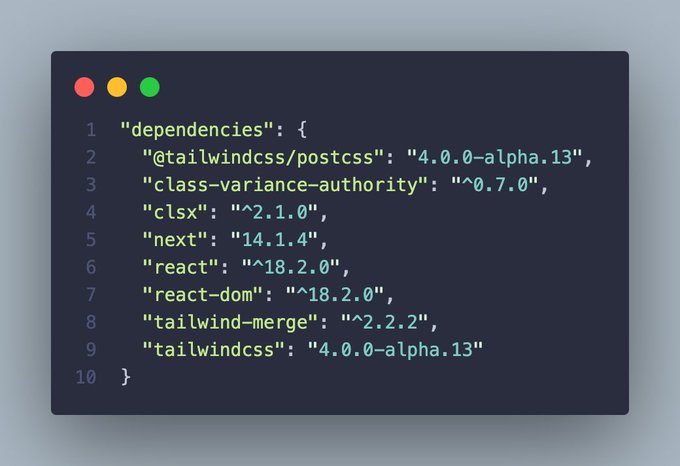I am always on the lookout for new releases 👀
On the web even just a few months are enough for your stack to become outdated 💁🏼♂️
Some recent examples:
What about app architecture? My picks:
- Local first
- PWA (Progressive Web Apps)
This is how it all looks like in practice 👇
Note: Be willing to experiment
My tech stack at every single point in time seemed perfect. Until I took the time to try some new option 💁🏼♂️
Software development (and web especially) keeps evolving, it's crucial as a developer to be always on the lookout for new (better) technologies 💡
This practice for me comes in the form of small just-to-learn projects:
There is more 🤩
Every week I dive headfirst into a topic, uncovering every hidden nook and shadow, to deliver you the most interesting insights
Not convinced? Well, let me tell you more about it
Architecture: going local
I create web apps to be as local as possible:
- Local storage (with possibly periodic syncs with a remote database)
- Working offline
- Both web and mobile (PWA)
This architecture is called local-first: the app lives on the user device, and information are shared online to enable collaboration between devices
Local first libraries
Here are some libraries on my TODO list:
PWA is easy (and awesome)
I recently created an app using vite and preact.
Adding PWA support was as easy as installing a new package (vite-plugin-pwa) and adding some icons:
import preact from "@preact/preset-vite";
import tailwindcss from "@tailwindcss/vite";
import { defineConfig } from "vite";
import { VitePWA } from "vite-plugin-pwa";
export default defineConfig({
plugins: [
preact(),
tailwindcss(),
VitePWA({
registerType: "autoUpdate",
includeAssets: [
"favicon.ico",
"icon.png",
"icon192x192.png",
"apple-touch-icon.png",
"favicon.svg",
],
manifest: {
name: "...",
short_name: "...",
description: "...",
theme_color: "#ffffff",
icons: [
{
src: "icon192x192.png",
sizes: "192x192",
type: "image/png",
},
{
src: "icon.png",
sizes: "512x512",
type: "image/png",
},
],
},
}),
],
});PWA is great:
- Completely bypass any hassle with App Store or Play Store
- Live updates for users without installing a new version
- Smaller apps
- It looks and works "just like" a native mobile app
Libraries: few greats
Any web app I build now has effect installed (together with @effect/schema, and sometimes @effect/platform).
State management for me comes in the form of either useState or full on XState.
I went into full details on how I use Effect + XState
Styling for me is all with TailwindCSS. I am trying v4 alpha and for now it's working great:
- No more configuration file
- Closer to CSS (css variables)
- x10 faster
I also started using shadcn-ui: just copy and paste fully functional, accessible, and customizable components 🪄
The goal is to have full control, full power, and few dependencies:
- effect: core and standard library
- XState: state management
- TailwindCSS: styling
The ecosystem for web apps in 2024 is 💯 Just created a new project ✅ @nextjs ✅ @tailwindcss (v4) ✅ @storybookjs ✅ shadcn-ui @shadcn All working together, minimal config, full control 🚀
Being a web developer is great: I am always working on/with something new, my job changes every day and I never get bored 🚀
The same can be said for other areas of software development: mobile, games, iot, cloud. It's really the best time ever to be into tech 🔥
See you next 👋

